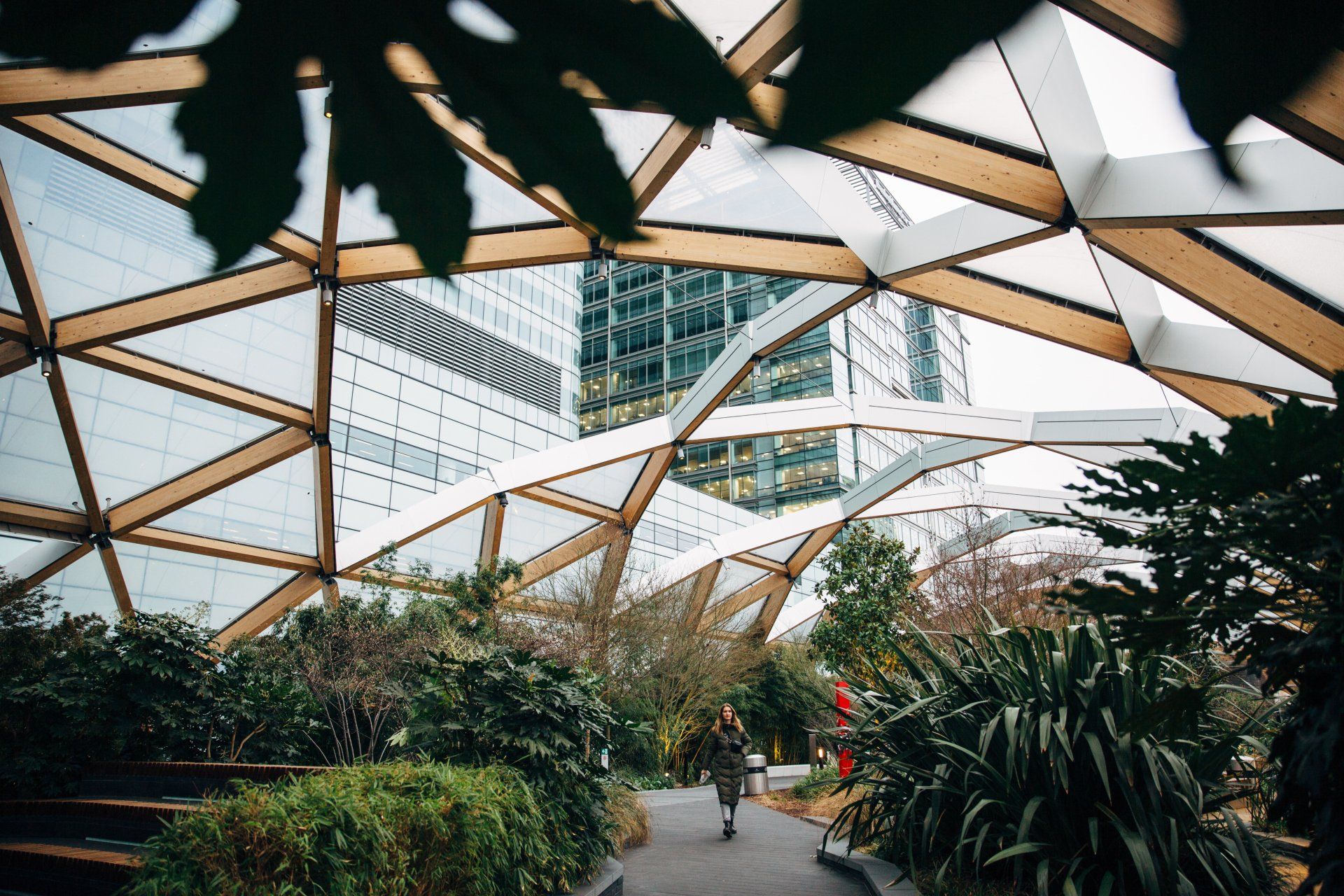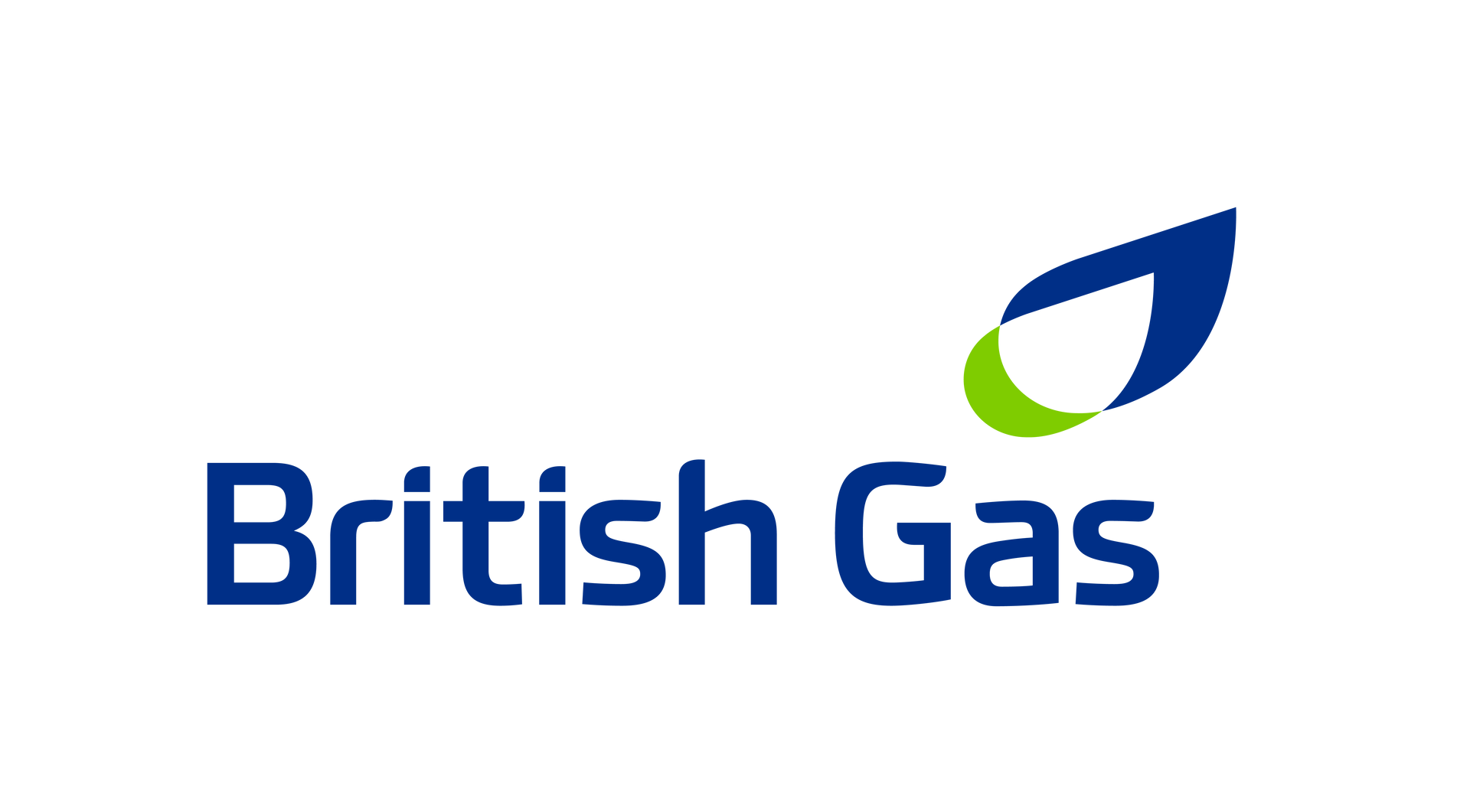Follow us
Sustainability means factoring environmental and societal costs into your business model. You might think that this would only make companies less competitive cost-wise. Yet, evidence suggests that sustainable businesses are beating the odds. Certified sustainable businesses in the UK called B-Corps, for instance, grow at an annual rate of 14%.
Ecosystem services
Every business benefits from the services nature provides. Water for brewing; nutrition-rich soil for farming; or natural gas for energy: these are just a few of Earth’s many ecosystem services.
According to some estimates it would cost us over $140 trillion per year to recreate these services if the planet didn’t provide them for free. That is more than one and half as much as the value of our global economy.
In order to ensure we don’t empty the shelves of Earth’s free supermarket, we need to put a price on these services. Frameworks, such as the
Natural Capital Protocol, already help business rethink their cost structures.
But are markets ready for this? The short answer is yes.
Market trends
Global market trends show that companies are increasingly moving into the domain of sustainable practices.
Nearly 2,500 companies around the globe are taking some type of climate action. This has led
global investments in energy efficiency to reach $236 billion in 2017.
The finance sector is also encouraged by this momentum. Global finance networks, such as the
Investment Leaders Group, promote sustainable investment practises. Plus, we’re seeing equity firms team up with reporting schemes to create
climate-conscious financial investment portfolios.
All the above is complemented by increasing consumer demand for sustainable products.
Ethically conscious spending nearly doubled in the UK since 2010.
With the unanimous embrace of the markets, technology is booming too. Battery power prices, for instance, dropped by a whopping 79% since 2010, making the technology
competitive with coal and gas.
Governments often codify what markets have already embraced. We’re certainly seeing this in the UK. The country set a net-zero emissions target and expanded its business emissions reporting scheme. The UK also launched a new Green Finance Strategy that requires asset owners and companies to report their climate risks.
In other words, markets, businesses, consumers, and government all seem to be on board.
Business benefits
Sustainability can sound constricting. You need to factor externalities into your prices. And it requires reducing resource use while increasing supply chain transparency.
But when an entire economy embraces sustainability, it quickly becomes an opportunity.
Each year, the Carbon Disclosure Project (CDP) compiles a list of the most sustainable companies. The STOXX financial index that’s based on this list
outperformed the Global 1800 index by more than 5% annually between 2011 and 2018.
Certified B Corporations are on the rise too. These businesses pursue environmental and social purposes beyond their financial targets. B-Corps in the UK that have been certified for at least two years are
growing at an annual rate of 14%. This far outperforms the growth rate of the UK’s economy itself.
It is clear now that sustainability and higher profits are complementary.
British Gas solutions
Efficient energy use is a big part of becoming a more sustainable business. This can mean myriads of things from reducing consumption through procuring renewable energy to providing network balancing services.
We are the largest UK supplier with Carbon Trust certified
Renewable Electricity for Business. Plus, we can help you measure, manage and reduce you energy consumption with a full range a
large business solutions. These include device-level sensors, low-carbon heating, on-site generation, EV charging and much more.
Contact our energy experts today to find out more.
Read more...

Wholesale energy prices have experienced unprecedented levels of volatility since the end of summer 2021, with both day ahead/spot and future contracts surging to all-time highs. In the last couple of months, prices have decreased but still remain high compared to a year ago. This period of high energy prices is expected to continue for the foreseeable future (see next section). Energy prices have surged for a number of reasons: A global increase in gas demand following the ease or end of Covid-related restrictions throughout 2021. After the pandemic, economies across the world started to recover. Asian countries like China saw their imports of Liquified Natural Gas (LNG) increase. This resulted in lower LNG shipments to the UK and Europe. On the supply side, the Covid-19 lockdowns pushed some maintenance work from 2020 into 2021 at a time when demand was recovering. In 2021, gas production hit a record low of 363TWh, 47TWh below the previous record low in 2013. Low production was the result of an extensive summer maintenance schedule which saw shutdowns at several major terminals, as well as the Forties Pipeline System which serves a significant proportion of UK gas and oil production. A lack of wind in the summer resulted in higher demand for conventional power. European gas storage in 2021 and Q1’22 remained far below previous years and it’s unclear how these are going to be replenished in the summer given the concerns around supply including the potential suspension of Russian gas flows due to sanctions. The 1,234km offshore Nord Stream 2 gas pipeline, which was designed to double the flow of gas between Russia and Germany (and by extension the rest of Europe) has been abandoned following the invasion of Ukraine. Gas storage in the UK is extremely minimal with capacity at less than 2% of the UK’s annual demand, compared with 22% for other European countries. Whilst the UK is not heavily reliant on gas coming from Russia, it sources almost half it’s gas supply from Europe. Hence, wholesale gas and power prices in the UK are now subject to knock-on-effects from the conflict in Ukraine.

Amidst rising energy costs, digitalisation, growing pressure from stakeholders and increasing regulation, organisations may struggle to define their pathway to a low-carbon future. What can you do to protect your business’ net zero plans from the challenges of volatility? Disruption and volatility are putting organisations under pressure. Digitalisation and new technology developments continue to challenge existing business models. Its increasing dependence on energy and encouraging businesses to drive change to secure competitive advantage. And as customers, employees and shareholders look to engage with companies who understand the importance of decarbonisation, pressure is mounting to prioritise sustainability.
Contact us
> Call now*
Call now to get an energy quote for your business
Large Business
> Call now*
Do you spend more than £100,000 a year on business energy?
Call now to find out how we can help you buy and use energy cost-efficiently

Wholesale energy prices have experienced unprecedented levels of volatility since the end of summer 2021, with both day ahead/spot and future contracts surging to all-time highs. In the last couple of months, prices have decreased but still remain high compared to a year ago. This period of high energy prices is expected to continue for the foreseeable future (see next section). Energy prices have surged for a number of reasons: A global increase in gas demand following the ease or end of Covid-related restrictions throughout 2021. After the pandemic, economies across the world started to recover. Asian countries like China saw their imports of Liquified Natural Gas (LNG) increase. This resulted in lower LNG shipments to the UK and Europe. On the supply side, the Covid-19 lockdowns pushed some maintenance work from 2020 into 2021 at a time when demand was recovering. In 2021, gas production hit a record low of 363TWh, 47TWh below the previous record low in 2013. Low production was the result of an extensive summer maintenance schedule which saw shutdowns at several major terminals, as well as the Forties Pipeline System which serves a significant proportion of UK gas and oil production. A lack of wind in the summer resulted in higher demand for conventional power. European gas storage in 2021 and Q1’22 remained far below previous years and it’s unclear how these are going to be replenished in the summer given the concerns around supply including the potential suspension of Russian gas flows due to sanctions. The 1,234km offshore Nord Stream 2 gas pipeline, which was designed to double the flow of gas between Russia and Germany (and by extension the rest of Europe) has been abandoned following the invasion of Ukraine. Gas storage in the UK is extremely minimal with capacity at less than 2% of the UK’s annual demand, compared with 22% for other European countries. Whilst the UK is not heavily reliant on gas coming from Russia, it sources almost half it’s gas supply from Europe. Hence, wholesale gas and power prices in the UK are now subject to knock-on-effects from the conflict in Ukraine.

Amidst rising energy costs, digitalisation, growing pressure from stakeholders and increasing regulation, organisations may struggle to define their pathway to a low-carbon future. What can you do to protect your business’ net zero plans from the challenges of volatility? Disruption and volatility are putting organisations under pressure. Digitalisation and new technology developments continue to challenge existing business models. Its increasing dependence on energy and encouraging businesses to drive change to secure competitive advantage. And as customers, employees and shareholders look to engage with companies who understand the importance of decarbonisation, pressure is mounting to prioritise sustainability.


